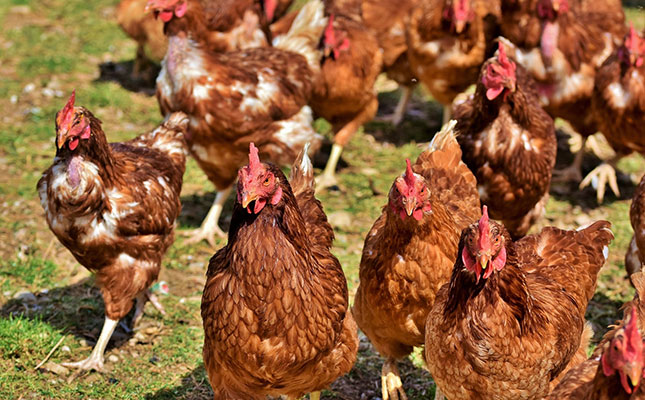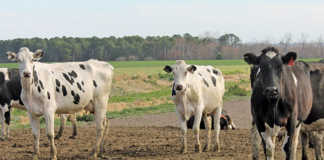
Photo: Pixabay
As more variants of highly pathogenic avian influenza (HPAI), commonly known as bird flu, emerge, they become harder to track, increasing the potential spread to humans.
This was according to the director general of the World Organisation for Animal Health (OIE), Monique Eloit, responding to a wave of bird flu infections across Asia and Europe.
“Eventually the risk is that it mutates, or that it mixes with a human flu virus that can be transmitted between humans; then suddenly it takes on a new dimension,” she told Reuters.
The current spread of HPAI was also raising concern among governments and the global poultry industry, as previous outbreaks resulted in the culling of tens of millions of birds, as well as trade restrictions.
A total of 15 countries around the world had reported outbreaks of bird flu in poultry between October and the end of December 2021, mostly the H5N1 strain.
According to a statement by the Friedrich Loeffler Institute, Germany’s leading animal disease centre, Europe was currently experiencing its worst bird flu outbreak ever, and the situation was not expected to improve any time soon.
About 675 outbreaks in wild birds and 534 in poultry had been reported across Europe during this period, according to data from the FLI.
Cases had also been detected in mammals, such as foxes in the Netherlands and Finland, grey seals in Sweden, harbour seals in Germany, and otters in Finland. “There is no end in sight,” the FLI said.
The gravity of the issue was reflected in figures published by the European Centre for Disease Prevention and Control, which warned that the observed persistent circulation of HPAI viruses in migratory and resident wild birds would continue to pose a risk for the poultry industry in Europe for the coming months, the DPA report said.
In Europe, Italy had been the hardest hit with 285 outbreaks necessitating the culling of nearly four million birds, according to data from the OIE.
Outbreaks generally started during the Northern Hemisphere autumn season when the disease was spread by infected migrating wild birds.
The H5N1 strain was one of the few HPAI strains that had passed to humans, and a total of about 850 people had been reported to be infected with the strain, of whom half died, the OIE said.
According to Reuters, several people were infected by the H5N6 strain in China during 2021, raising concern among some experts, who said a previously circulating strain appeared to have changed and could be more infectious to people.
Eloit stressed, however, that most countries had learnt to contain outbreaks, and transmission to humans would be sporadic as bird flu was usually transmitted through close contact.













